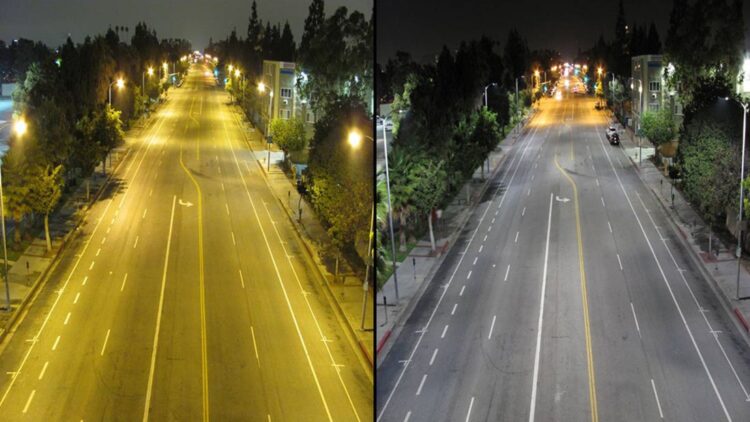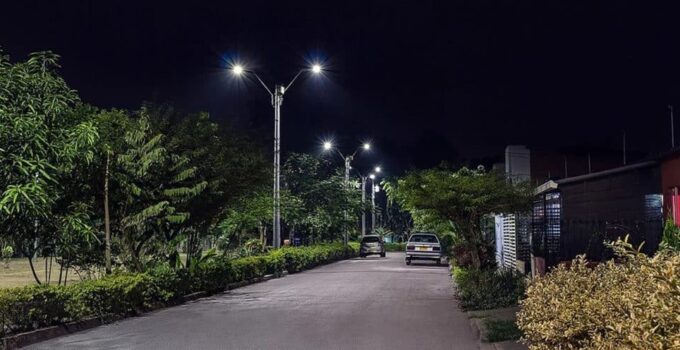Street lights became a common sight in cities around the world a long time ago. However, LED (Light Emitting Diode) models have taken the world like wildfire in recent years. These energy-efficient lighting solutions offer numerous benefits over traditional varieties, including reduced energy consumption and lower maintenance costs. In this article, we explore how they contribute to longevity and reliability, making them a smart choice for municipalities seeking efficient lighting solutions.
Page Contents
The Power of LED Technology

Source: myplaceafrica.co.za
LED technology has revolutionized the street lights industry with its remarkable energy efficiency and durability. Unlike traditional lighting used in cities that rely on incandescent or fluorescent bulbs, LED lights consume significantly less energy while providing the same or even better illumination. This translates into substantial energy savings and reduced strain on the power grid. Best of all, they remain almost completely cool and never cause unnecessary heat.
Enhanced Lifespan
One of the most significant advantages of LED street lights is their extended lifespan. They can last up to 50,000 hours or more, surpassing traditional street lights by a wide margin. This longevity reduces the frequency of replacements, which not only saves municipalities money but also minimizes disruptions to the community. With longer-lasting lights, maintenance crews can focus their efforts on other critical tasks rather than constantly replacing bulbs.
Reliability in Challenging Conditions

Source: cnn.com
LED street lights exhibit exceptional reliability even in harsh environmental conditions. They are designed to withstand extreme temperatures, vibrations, and humidity, making them suitable for various climates. They are also resistant to shock and impact, reducing the risk of damage caused by accidents or natural disasters. This robustness ensures that street lighting made of light-emitting diodes continues to provide consistent and reliable illumination, enhancing safety and visibility on roads.
Efficient Maintenance
LED street lights require minimal maintenance compared to their traditional counterparts. Thanks to their extended lifespan and durability, municipalities can reduce the frequency of maintenance visits and associated costs. Additionally, LED lights have modular designs, enabling easy replacement of individual components rather than the entire fixture. This modular approach saves time and resources, as technicians can swiftly replace malfunctioning parts without disrupting the entire lighting system.
Energy and Cost Savings

Source: ledhut.co.uk
The solution offers substantial energy and cost savings for municipalities. By consuming less energy than traditional lights, LED technology significantly reduces electricity bills and carbon emissions. The long lifespan and reduced maintenance requirements also translate into lower operational costs, allowing municipalities to allocate resources to other essential services and infrastructure projects. Over time, these savings add up and contribute to sustainable development.
Summary
LED street lights have proven to be a game-changer in the lighting industry, providing municipalities with a reliable, energy-efficient, and cost-effective solution. The longevity and reliability ensure minimal disruptions and reduced maintenance expenses. With their remarkable efficiency, durability, and resistance to harsh conditions, they continue to illuminate cities around the world, contributing to safer roads, lower energy consumption, and a greener future. As cities embrace the benefits of this technology, maintenance becomes easier and more efficient, ultimately improving the quality of life for residents and fostering sustainable urban development.





